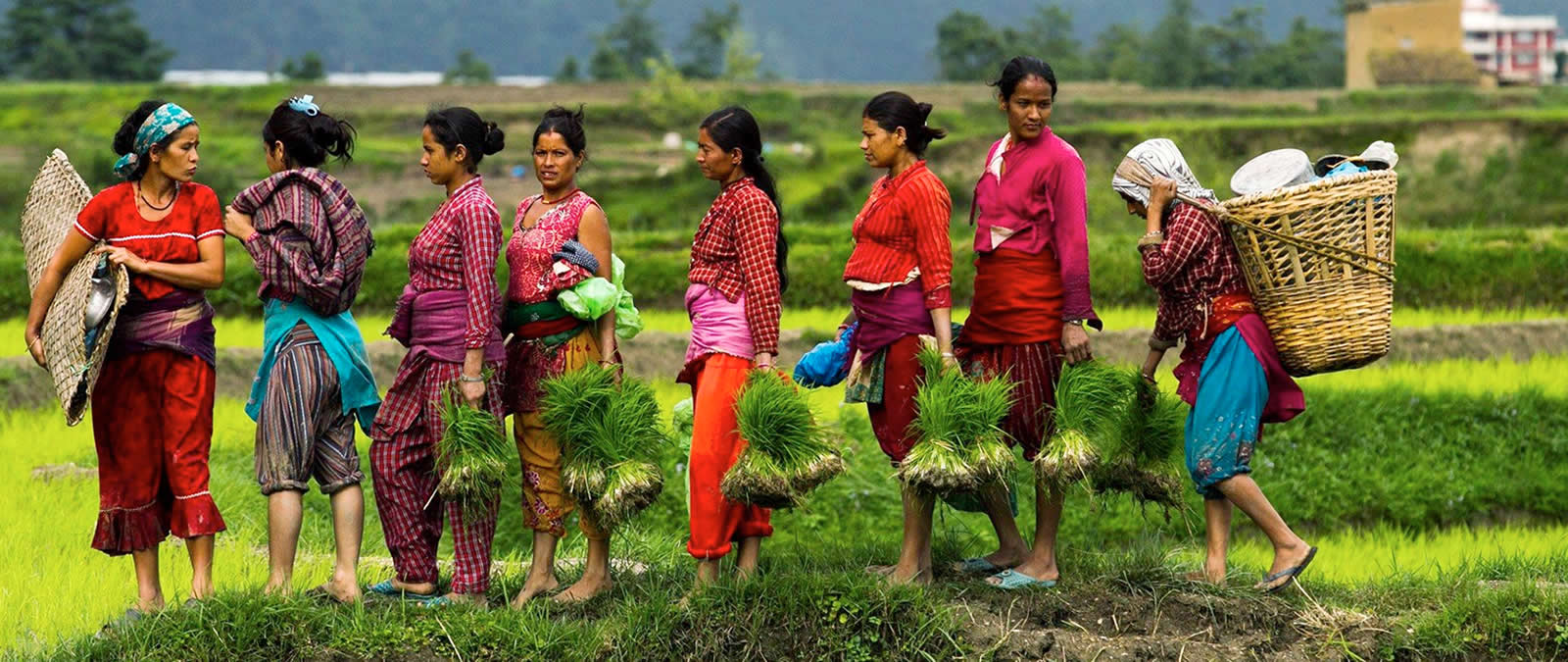
The climate of Nepal is greatly influenced by the geography of the country, which climbs steeper as we progress on from the south to the north. Northern Himalayas are cold and harsh, while the southern plain (Terai) is hot and humid. In the middle of extreme south and north lies hilly region, which usually has a pleasurable climate-neither too hot nor too cold. Nepal’s climate generally has four seasons: spring, summer (monsoon), autumn, and winter.
Spring is when the flower starts blooming and the skies get clear. The sun is bright, which influences the temperature to be warm at lower elevations, while moderate at higher altitude. The days are long, which provides ample time for the trekkers to explore the natural wilderness. It usually falls between the mid-March and the mid-June.
On the other hand, the summer season invites the scorching sun in the sky that makes the lower-Terai really hot, while slightly better in middle-Hilly. It usually lasts until mid-August from mid-June and the temperature lingers around 20-350C. However, the lower-Terai may break the temperature barrier and exceed over 400C.
Monsoon is a wet season when the rain becomes more frequent than any other times. Over 80% of the total rainfall in the country is received during monsoon season, which really makes sense. The average rainfall in the country is around 1600 mm. However, the rainfall precipitation varies from one region to the next such as 3,345 mm in Pokhara and below 300 mm in Mustang. The monsoon blends with summer in the month of June and continues until September.
Subsequently follows the beautiful autumn, which is the transition between harsh summer (in this case monsoon) and winter. The days become noticeably shorter and the temperature falls gradually.
Finally, winter brings chilly weather and is, generally, dry with occasional snowfalls in the upper Himalayas. It usually starts from mid-December until mid-March.
For the information, after every 1000 m gain, the temperature plummets by 60C.
The Northern Himalayas act as a natural barrier that divides the main weather systems of Asia from Nepal. It blocks the pacing icy wind from central Asia during winter. As a result, Tibet, although sunny, suffers from harsh and windy weather.
Whatever the seasons may be, trekking in Nepal is suitable all year around. Chilly winter is compensated by the bright sun, while harsh summer is suppressed by the cool rain. However, spring makes the Himalayas more colorful and vibrant with the glittering rhododendrons and sweet-smelling Junipers. Therefore, it becomes quite obvious to say that Nepal is an Earthly Paradise.